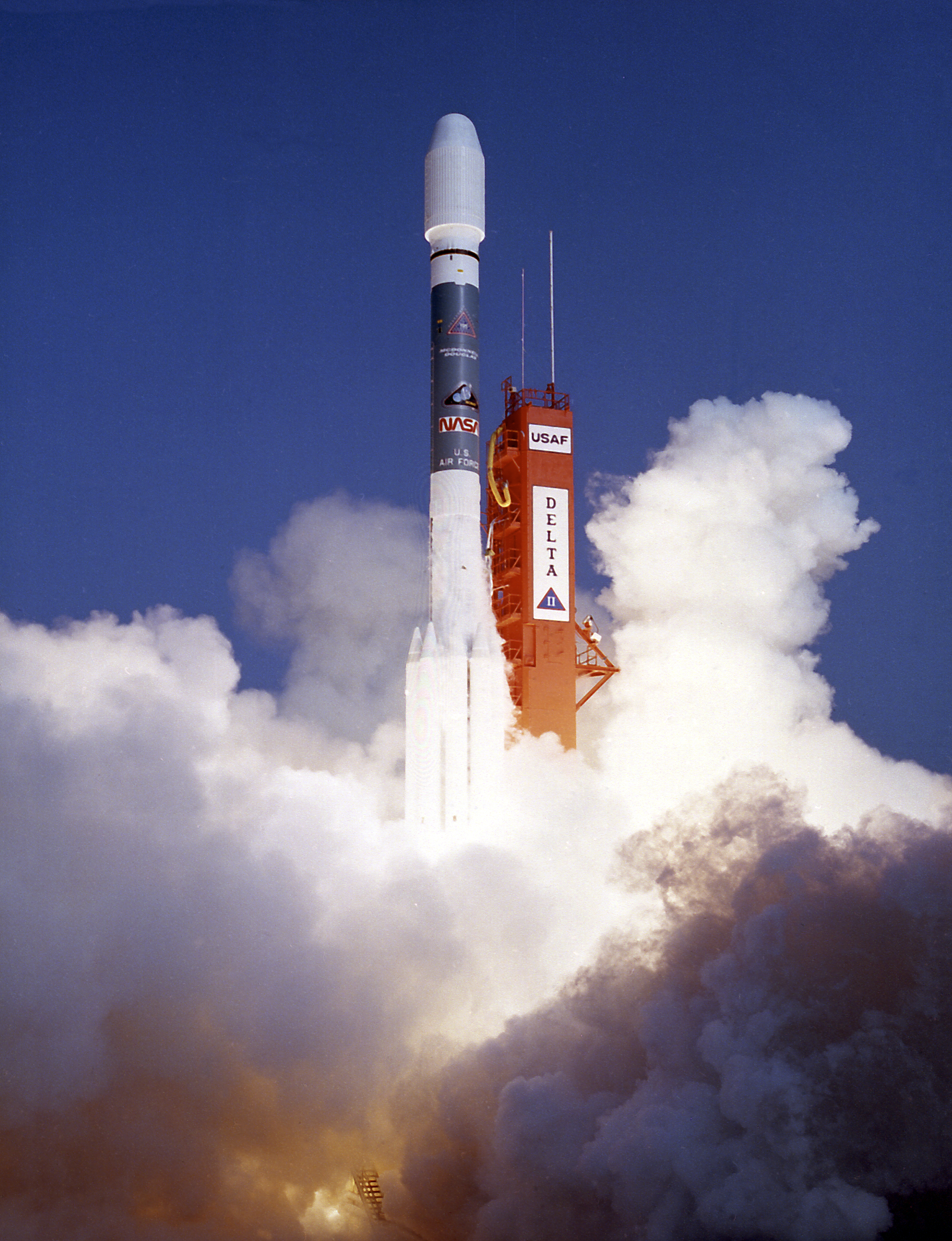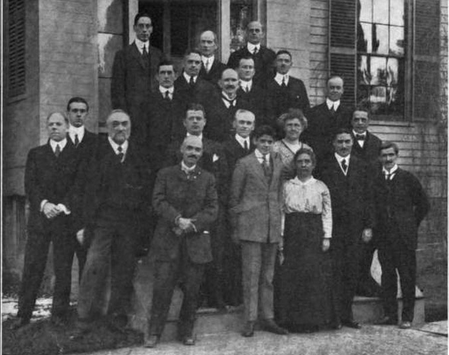|
Paula Szkody
Paula Szkody (born July 17, 1948) is a professor in the Department of Astronomy at the University of Washington in Seattle. She served as president of the American Astronomical Society from 2020 to 2022. Early life and education Szkody was born on July 17, 1948, in Detroit, Michigan. She earned her B.A. degree in astrophysics at Michigan State University in 1970, and her Ph.D. in astronomy from the University of Washington in 1975. Work Paula Szkody specializes in cataclysmic variable stars, which are binary star systems that periodically undergo energetic outbursts. She is an active participant in the Sloan Digital Sky Survey (SDSS) searching for new dwarf novae and has worked with the XTE, ASCA, ROSAT, IUE, HST, EUVE and XMM-Newton space missions. Activities In 2005 she became the editor-in-chief of the astronomical journal ''Publications of the Astronomical Society of the Pacific (PASP)''. She is also very active in professional-amateur collaboration, especially in conjun ... [...More Info...] [...Related Items...] OR: [Wikipedia] [Google] [Baidu] |
Detroit
Detroit ( , ; , ) is the largest city in the U.S. state of Michigan. It is also the largest U.S. city on the United States–Canada border, and the seat of government of Wayne County. The City of Detroit had a population of 639,111 at the 2020 census, making it the 27th-most populous city in the United States. The metropolitan area, known as Metro Detroit, is home to 4.3 million people, making it the second-largest in the Midwest after the Chicago metropolitan area, and the 14th-largest in the United States. Regarded as a major cultural center, Detroit is known for its contributions to music, art, architecture and design, in addition to its historical automotive background. ''Time'' named Detroit as one of the fifty World's Greatest Places of 2022 to explore. Detroit is a major port on the Detroit River, one of the four major straits that connect the Great Lakes system to the Saint Lawrence Seaway. The City of Detroit anchors the second-largest regional economy in t ... [...More Info...] [...Related Items...] OR: [Wikipedia] [Google] [Baidu] |
ROSAT
ROSAT (short for Röntgensatellit; in German X-rays are called Röntgenstrahlen, in honour of Wilhelm Röntgen) was a German Aerospace Center-led satellite X-ray telescope, with instruments built by West Germany, the United Kingdom and the United States. It was launched on 1 June 1990, on a Delta II rocket from Cape Canaveral, on what was initially designed as an 18-month mission, with provision for up to five years of operation. ROSAT operated for over eight years, finally shutting down on 12 February 1999. In February 2011, it was reported that the satellite was unlikely to burn up entirely while re-entering the Earth's atmosphere due to the large amount of ceramics and glass used in construction. Parts as heavy as could impact the surface. ROSAT eventually re-entered the Earth's atmosphere on 23 October 2011 over Bay of Bengal. Overview According to NASA, the Roentgensatellit (ROSAT) was a joint German, U.S. and British X-ray astrophysics project. ROSAT carried a Germa ... [...More Info...] [...Related Items...] OR: [Wikipedia] [Google] [Baidu] |
Living People
Related categories * :Year of birth missing (living people) / :Year of birth unknown * :Date of birth missing (living people) / :Date of birth unknown * :Place of birth missing (living people) / :Place of birth unknown * :Year of death missing / :Year of death unknown * :Date of death missing / :Date of death unknown * :Place of death missing / :Place of death unknown * :Missing middle or first names See also * :Dead people * :Template:L, which generates this category or death years, and birth year and sort keys. : {{DEFAULTSORT:Living people 21st-century people People by status ... [...More Info...] [...Related Items...] OR: [Wikipedia] [Google] [Baidu] |
American Women Astronomers
American(s) may refer to: * American, something of, from, or related to the United States of America, commonly known as the "United States" or "America" ** Americans, citizens and nationals of the United States of America ** American ancestry, people who self-identify their ancestry as "American" ** American English, the set of varieties of the English language native to the United States ** Native Americans in the United States, indigenous peoples of the United States * American, something of, from, or related to the Americas, also known as "America" ** Indigenous peoples of the Americas * American (word), for analysis and history of the meanings in various contexts Organizations * American Airlines, U.S.-based airline headquartered in Fort Worth, Texas * American Athletic Conference, an American college athletic conference * American Recordings (record label), a record label previously known as Def American * American University, in Washington, D.C. Sports teams Soccer * ... [...More Info...] [...Related Items...] OR: [Wikipedia] [Google] [Baidu] |
American Association For The Advancement Of Science
The American Association for the Advancement of Science (AAAS) is an American international non-profit organization with the stated goals of promoting cooperation among scientists, defending scientific freedom, encouraging scientific responsibility, and supporting scientific education and science outreach for the betterment of all humanity. It is the world's largest general scientific society, with over 120,000 members, and is the publisher of the well-known scientific journal ''Science''. History Creation The American Association for the Advancement of Science was created on September 20, 1848, at the Academy of Natural Sciences in Philadelphia, Pennsylvania. It was a reformation of the Association of American Geologists and Naturalists. The society chose William Charles Redfield as their first president because he had proposed the most comprehensive plans for the organization. According to the first constitution which was agreed to at the September 20 meeting, the goal of ... [...More Info...] [...Related Items...] OR: [Wikipedia] [Google] [Baidu] |
American Association Of Variable Star Observers
The American Association of Variable Star Observers (AAVSO) is an international nonprofit organization, founded in 1911, focused on coordinating, analyzing, publishing, and archiving variable star observations made largely by amateur astronomers. The AAVSO creates records that establish light curves depicting the variation in brightness of a star over time, and makes them available to professional astronomers, researchers, and educators. Since professional astronomers do not have the time or the resources to monitor every variable star, astronomy is one of the few sciences where amateurs can make genuine contributions to scientific research. During 2011, the 100th year of the AAVSO's existence, the 20-millionth variable star observation was received into the database. The AAVSO International Database (AID) stores over 35 million observations as of 2019. The organization receives nearly 1,000,000 observations annually from around 2,000 professional and amateur observers and is quot ... [...More Info...] [...Related Items...] OR: [Wikipedia] [Google] [Baidu] |
Publications Of The Astronomical Society Of The Pacific
''Publications of the Astronomical Society of the Pacific'' (often abbreviated as ''PASP'' in references and literature) is a monthly peer-reviewed scientific journal managed by the Astronomical Society of the Pacific. It publishes research and review papers, instrumentation papers and dissertation summaries in the fields of astronomy and astrophysics. Between 1999 and 2016 it was published by the University of Chicago Press and since 2016, it has been published by IOP Publishing. The current editor-in-chief is Jeff Mangum of the National Radio Astronomy Observatory. ''PASP'' has been published monthly since 1899, and along with ''The Astrophysical Journal'', ''The Astronomical Journal'', ''Astronomy and Astrophysics'', and the ''Monthly Notices of the Royal Astronomical Society'', is one of the primary journals for the publication of astronomical research. See also * ''List of astronomy journals This is a list of scientific journals publishing articles in astronomy, astroph ... [...More Info...] [...Related Items...] OR: [Wikipedia] [Google] [Baidu] |
Academic Journal
An academic journal or scholarly journal is a periodical publication in which scholarship relating to a particular academic discipline is published. Academic journals serve as permanent and transparent forums for the presentation, scrutiny, and discussion of research. They nearly-universally require peer-review or other scrutiny from contemporaries competent and established in their respective fields. Content typically takes the form of articles presenting original research, review articles, or book reviews. The purpose of an academic journal, according to Henry Oldenburg (the first editor of ''Philosophical Transactions of the Royal Society''), is to give researchers a venue to "impart their knowledge to one another, and contribute what they can to the Grand design of improving natural knowledge, and perfecting all Philosophical Arts, and Sciences." The term ''academic journal'' applies to scholarly publications in all fields; this article discusses the aspects common to all ac ... [...More Info...] [...Related Items...] OR: [Wikipedia] [Google] [Baidu] |
XMM-Newton
''XMM-Newton'', also known as the High Throughput X-ray Spectroscopy Mission and the X-ray Multi-Mirror Mission, is an X-ray space observatory launched by the European Space Agency in December 1999 on an Ariane 5 rocket. It is the second cornerstone mission of ESA's Horizon 2000 programme. Named after physicist and astronomer Sir Isaac Newton, the spacecraft is tasked with investigating interstellar X-ray sources, performing narrow- and broad-range spectroscopy, and performing the first simultaneous imaging of objects in both X-ray and optical (visible and ultraviolet) wavelengths. Initially funded for two years, with a ten-year design life, the spacecraft remains in good health and has received repeated mission extensions, most recently in October 2020 and is scheduled to operate until the end of 2022. ESA plans to succeed ''XMM-Newton'' with the Advanced Telescope for High Energy Astrophysics (ATHENA), the second large mission in the Cosmic Vision 2015–2025 plan, to be launche ... [...More Info...] [...Related Items...] OR: [Wikipedia] [Google] [Baidu] |
Extreme Ultraviolet Explorer
The Extreme Ultraviolet Explorer (EUVE or Explorer 67) was a NASA space telescope for ultraviolet astronomy. EUVE was a part of NASA's Explorer spacecraft series. Launched on 7 June 1992. With instruments for ultraviolet (UV) radiation between wavelengths of 7 and 76 nm (equivalent to 0.016-0.163 keV in energy), the EUVE was the first satellite mission especially for the short-wave ultraviolet range. The satellite compiled an all-sky survey of 801 astronomical targets before being decommissioned on 31 January 2001. Mission The Extreme-Ultraviolet Explorer (EUVE) was a spinning spacecraft designed to rotate about the Earth/Sun line. EUVE was a part of NASA's Explorer spacecraft series, and designed to operate in the extreme ultraviolet (EUV) range of the spectrum, from 70 to 760 Ångström (Å). This spacecraft's objective was to carry out a full-sky survey, and subsequently, a deep-survey and pointed observations. Science objectives included discovering and studying UV sourc ... [...More Info...] [...Related Items...] OR: [Wikipedia] [Google] [Baidu] |
Hubble Space Telescope
The Hubble Space Telescope (often referred to as HST or Hubble) is a space telescope that was launched into low Earth orbit in 1990 and remains in operation. It was not the first space telescope, but it is one of the largest and most versatile, renowned both as a vital research tool and as a public relations boon for astronomy. The Hubble telescope is named after astronomer Edwin Hubble and is one of NASA's Great Observatories. The Space Telescope Science Institute (STScI) selects Hubble's targets and processes the resulting data, while the Goddard Space Flight Center (GSFC) controls the spacecraft. Hubble features a mirror, and its five main instruments observe in the ultraviolet, visible, and near-infrared regions of the electromagnetic spectrum. Hubble's orbit outside the distortion of Earth's atmosphere allows it to capture extremely high-resolution images with substantially lower background light than ground-based telescopes. It has recorded some of the most detaile ... [...More Info...] [...Related Items...] OR: [Wikipedia] [Google] [Baidu] |






